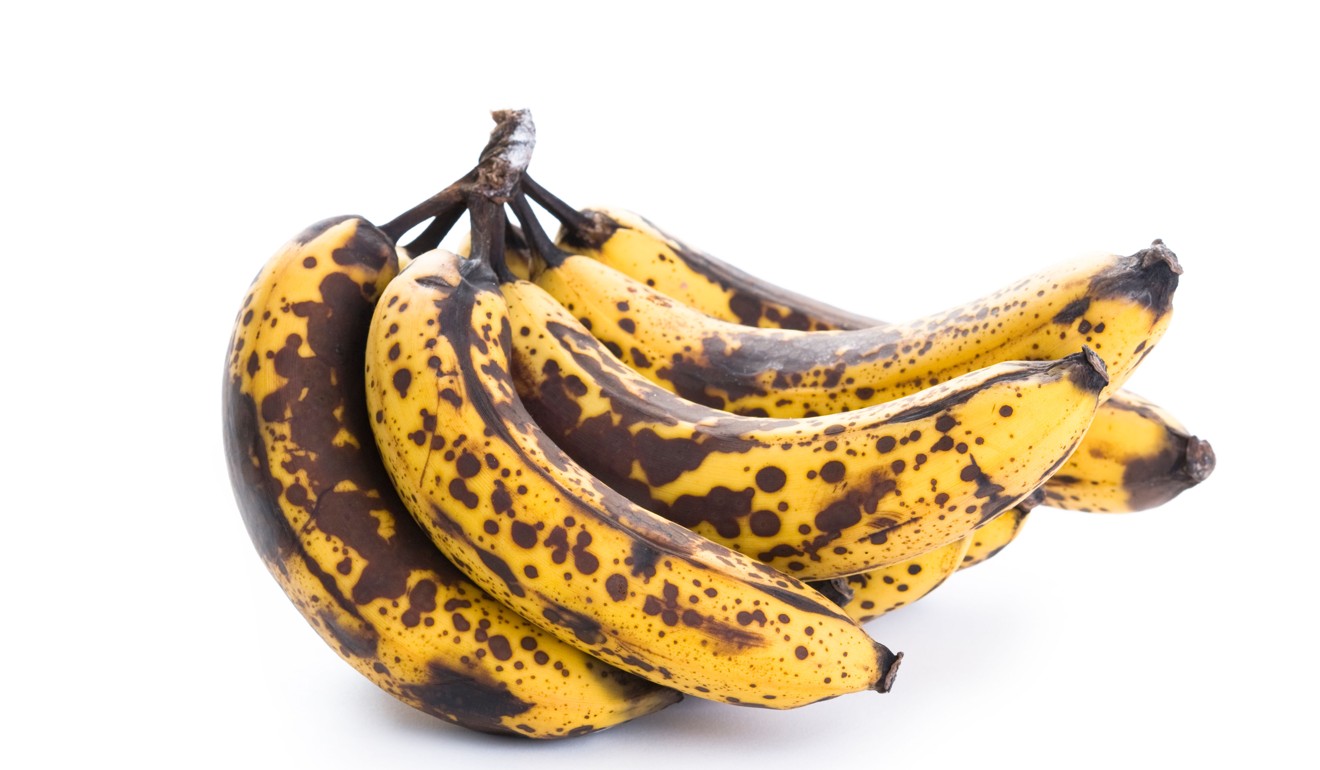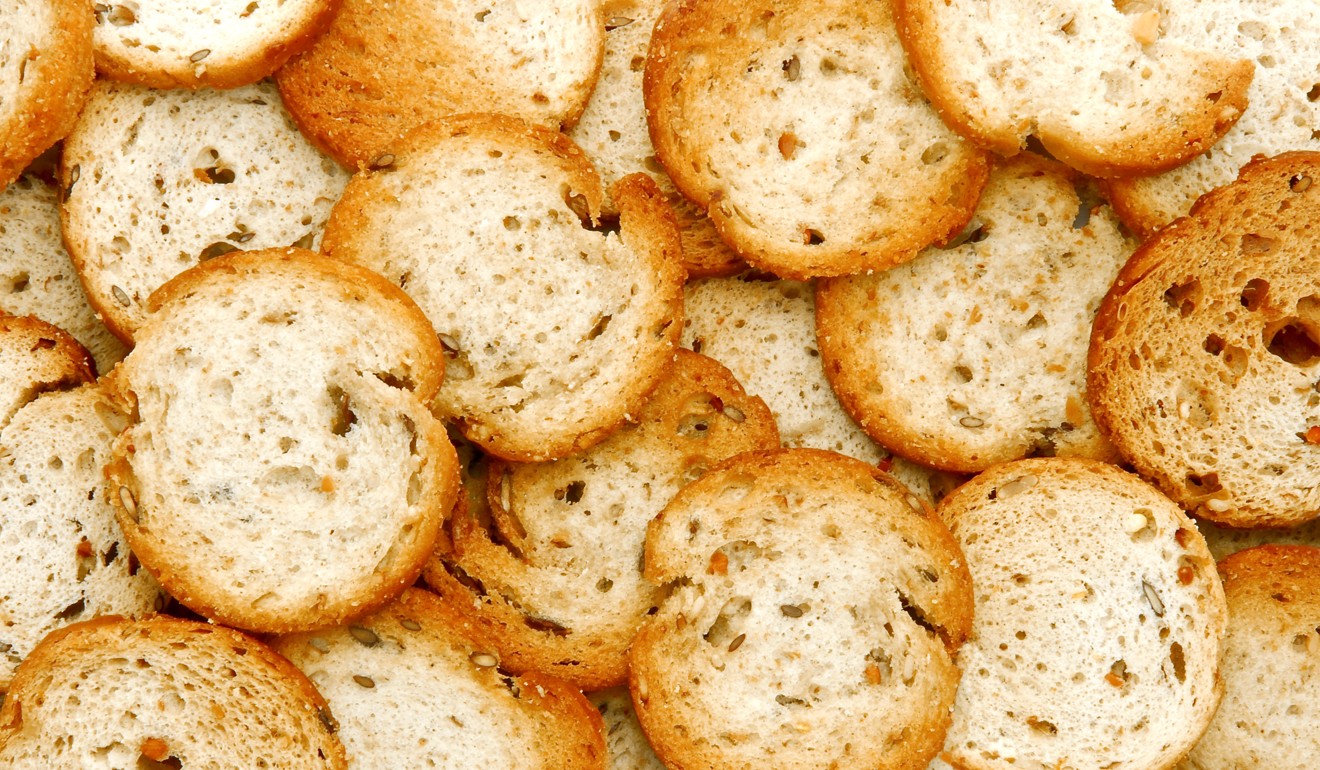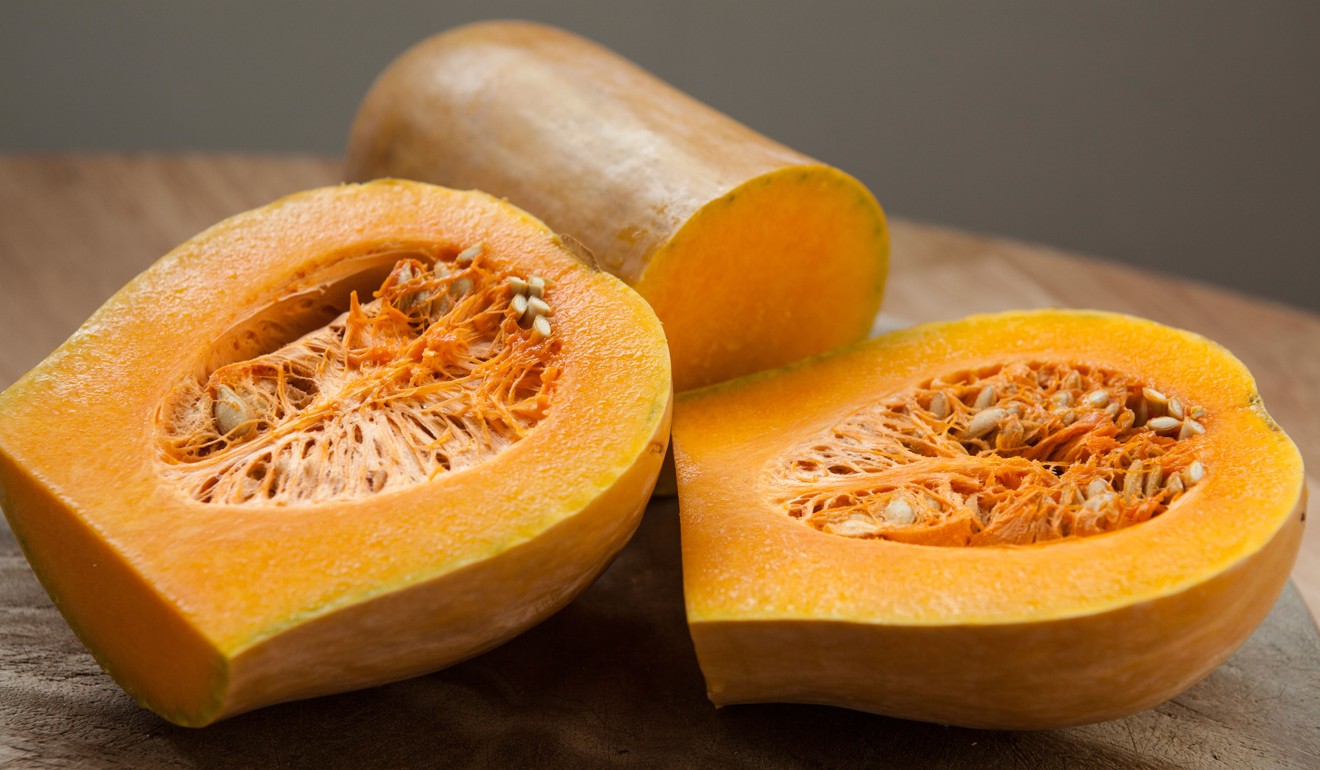
How can Hongkongers reduce city’s food waste mountain? Revive, reuse and repurpose the produce you buy
About 3,000 tonnes of food is thrown away and ends up in landfills every day in Hong Kong. A lot of it is still packed full of useful nutrients. Here are some tips on how to buy, store and serve produce to get the most out of it
To eat more healthily and cut down on the growing problem of food waste, take a second look at the goods you are about to toss in the bin. You may be able to repurpose them into delicious, nutritious, safe-to-eat dishes.
A 2012 Environmental Protection Department study showed nearly 9,300 tonnes of municipal solid waste was disposed of in the city’s three landfills every day. Food waste was the largest component, accounting for 36 per cent of the total – 3,348 tonnes.

Using US Department of Agriculture data, Spiker and her colleagues calculated the nutritional value of foods in 213 categories that were wasted during 2012, both at the retail level and in homes.
They broke it down to show that per person, per day, nationwide wasted food contained an estimated 1,250 to 1,400 calories, as well as 146 grams of carbohydrates, 33 grams of protein, 6 grams of fibre, 286 milligrams of calcium, 2mg of vitamin D and 900mg of potassium, among other nutrients.
Using dietary fibre as an example, 6 grams is the equivalent of one quarter of the recommended daily intake for adult women, while most women in the US tend to fall short of their recommended fibre intake by 8.9 grams a day.
“Our findings illustrate how food waste exists alongside inadequate intake of many nutrients,” says Spiker.
Here are some strategies from shopping and storing to food prepping that can minimise our food waste at home while enhancing our nutrition and health.

Shopping smarts
Plan weekly menus ahead of time and use shopping lists to know what you need and in what quantity. Never shop when hungry, that is when we tend to make impulsive and usually unhealthy food buys.
Purchase exact amounts whenever possible: single fruits or vegetables (rather than pre-bagged) and whole grains, nuts, and seeds from bulk bins.
Try buying “ugly produce”. Misshapen fruits and vegetables may get thrown out simply because they do not meet the usual standards for appearance, yet they are still perfectly edible, delicious – and nutritious.
Some processed food is just as good. Techniques such as drying, freezing, and canning can help extend shelf life without losing nutrients although many avoid these foods, believing they are of inferior quality, taste or texture. Look for “flash frozen” on the label, that indicates the produce has been quickly frozen after harvesting to preserve nutrients.
Many food products have “use by” or “best before” dates stamped on the packaging. In Hong Kong, best before dates indicate a recommended date to use the product for the best texture, taste and appearance. If the food is stored properly within safe temperature zones, it will still be safe to eat a few days after the specified date. On the other hand, use by dates refer to food safety. From a microbiological point of view, the food is likely to present a danger to human health if eaten too long after its use by date.

Prep, store, serve
Follow the “first in, first out” method for food service establishments. Place oldest foods (and leftovers from last night’s dinner) at the front of the fridge, and plan meals around those ingredients first.
Produce such as potatoes, onions, tomatoes, winter squash, and basil should be stored at room temperature in a dry area to keep them fresher longer and slow down spoilage.

Transform food waste, nutritiously
Revive wilted lettuce and limp vegetables. As long as they do not have clear signs of spoilage such as discolouration, slime or mould, they are worth saving. Because most vegetables are about 90 per cent water that is gradually lost during storage, water can perk them right up. Slice the vegetables to allow greater surface area contact, then soak in a bowl filled with iced water for about 15 minutes and don’t forget to dry well before using. Limp vegetables can be added to soups or casseroles.

Eat skins whenever possible. Potatoes, cucumbers, kiwi, aubergine, tomatoes, carrots and apples have fibre and phytonutrients (health-protective plant nutrients) in their skins. Grate skin from oranges, lemons, limes and grapefruit into sauces and desserts or onto seafood.

Wherever food waste occurs, it presents an opportunity to feed hungry people, save money and reduce our environmental impact. While it may seem difficult and complicated for some of us at first, you don’t need to be a master chef to turn last night’s soggy dinner into a new, nutritious meal. In fact, it is really quite easy.

